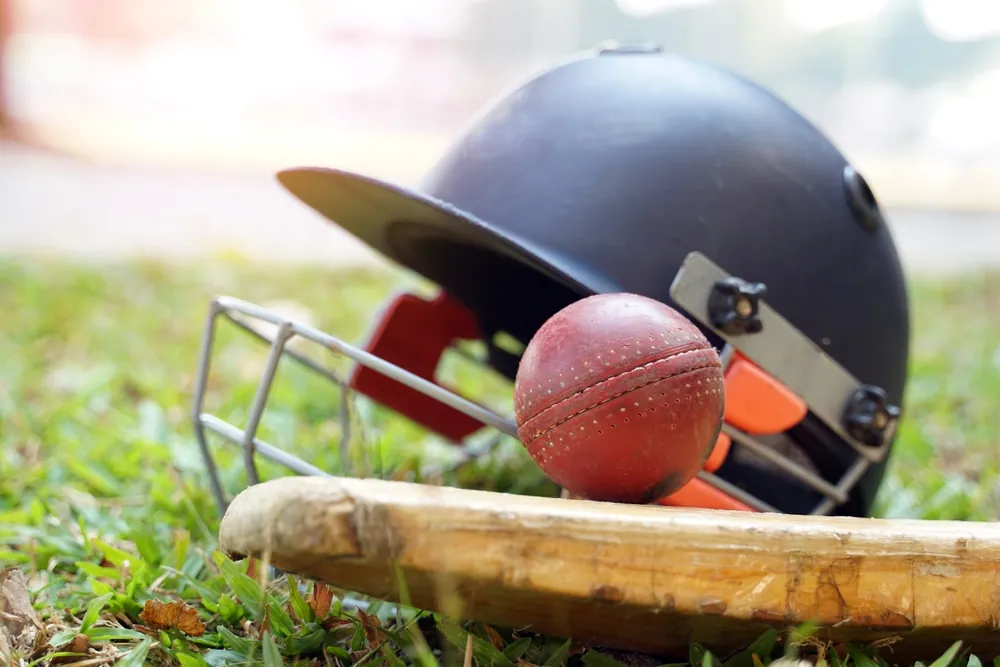23
Cricket is a globally celebrated sport that requires specific equipment to play effectively and safely. Central to the game are three essential items: the cricket ball, cricket bat, and cricket helmet. These pieces of equipment not only shape the dynamics of the game but also contribute to the safety and performance of players. When placed against the lush green background of a cricket field, they symbolize the essence of the sport—its tradition, precision, and energy.
The cricket ball is one of the most defining aspects of the game. It is typically made of hard leather with a slightly raised seam, which is stitched to maintain its spherical shape and allow bowlers to utilize techniques like swing, seam, and spin. The ball comes in different colors depending on the format—red for test matches and white for limited-overs games. Its hardness and weight make it a potent tool for bowlers and a challenge for batters, requiring them to exhibit skill, timing, and technique. The ball’s journey across the green grass as it’s bowled, fielded, or hit, is a sight that excites cricket enthusiasts worldwide.
Equally important is the cricket bat, an iconic piece of equipment crafted from willow wood. Bats are meticulously designed for balance, power, and durability. The flat face of the bat allows batters to strike the ball effectively, while the rounded back enhances its aerodynamics. Players choose bats based on their personal preferences and playing styles, with considerations such as weight, size, and handle type playing crucial roles. The bat is not just a tool for scoring runs but also a symbol of a batter’s artistry and skill, as they work to outwit bowlers and dominate the game.
The cricket helmet is a relatively modern addition to the sport, introduced to protect players from injuries caused by fast deliveries and unexpected bounces. Made with a sturdy outer shell and padded interiors, helmets feature a metal grill to shield the face while providing clear visibility. Their importance cannot be overstated, especially in today’s game, where bowlers deliver balls at speeds exceeding 90 miles per hour. The helmet ensures that players can focus on their performance without compromising safety, adding an extra layer of confidence as they take their stance at the crease.
When these pieces of equipment are arranged against the vivid green background of a cricket field, they evoke a sense of readiness and anticipation. The grass, meticulously maintained, serves as the perfect canvas for the game, providing the ideal surface for the ball to bounce and roll. This interplay between the equipment and the field captures the spirit of cricket—a blend of strategy, endurance, and sportsmanship. Together, the cricket ball, bat, and helmet represent the sport’s heritage and its evolution, showcasing how tradition meets innovation in a game loved by millions.
4o
